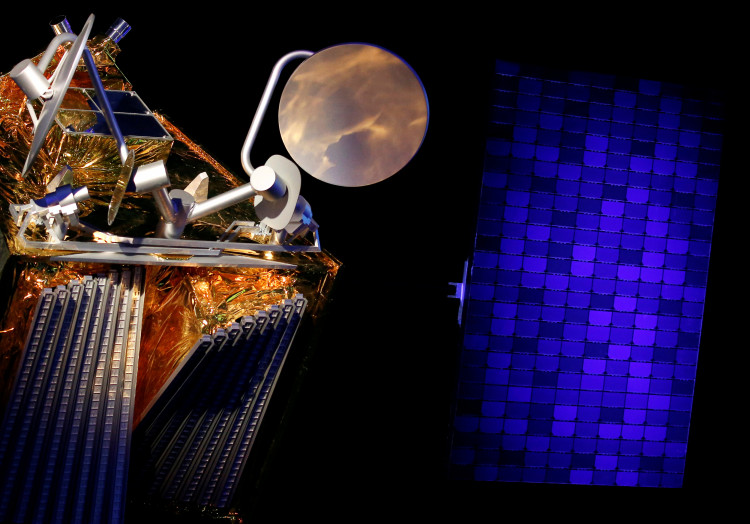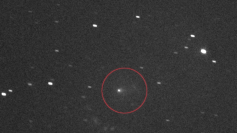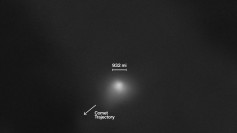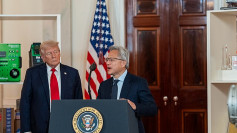A Chinese government research organization has laid out plans to develop and build "ultra-large" spacecraft that might be miles wide and built in space.
The National Natural Science Foundation of China (NSFC) recently released a five-year plan outlining the "urgent need" to invest in space exploration equipment research.
"[Such a spacecraft] is a major strategic aerospace equipment for the future use of space resources, exploration of the mysteries of the universe, and staying in long-term orbit," according to an outline of the project published by the foundation - a basic research funding agency managed by China's Ministry of Science and Technology.
Large crewed spacecraft, orbital telescopes, and even space-based power plants might be included in this equipment, which would be made up of modular components that would be assembled into megastructures once in orbit.
The ambitious proposal was one of 10 research projects released earlier this month by the foundation's mathematical and physical sciences department, which will support five projects with a total budget of 15 million yuan (US$2.3 million).
The modular spaceship would have to be launched numerous times and constructed in space, according to the released outline, because it would be too heavy and large to be launched in one trip.
Researchers will be tasked with reducing the spacecraft's weight in order to cut down on the number of launches and building costs. They should also guarantee that the structures are controllable during the assembly process to prevent attitude drift, deformation, and vibration.
Large structures have been built in orbit before, with the International Space Station taking 40 assembly flights and more than a decade to complete.
China is now building its own crewed station, Tiangong, after being effectively banned from participation in the International Space Station by a congressional act prohibiting NASA's cooperation with Beijing.
The so-called Wolf Amendment, which put the U.S. on alert about China's space ambitions, became law in 2011.
Congress prohibited NASA from using government funds to engage in direct, bilateral cooperation with the Chinese government or any Chinese government-affiliated organizations.
The massive structures envisioned by the NSFC would dwarf the International Space Station, which stretches only 357 feet end-to-end and may take decades, if not centuries, to construct.
Whatever the long-term goal of this kilometer-spanning spacecraft proposal is, it's clear that China is serious about its newfound status as a major space player.





